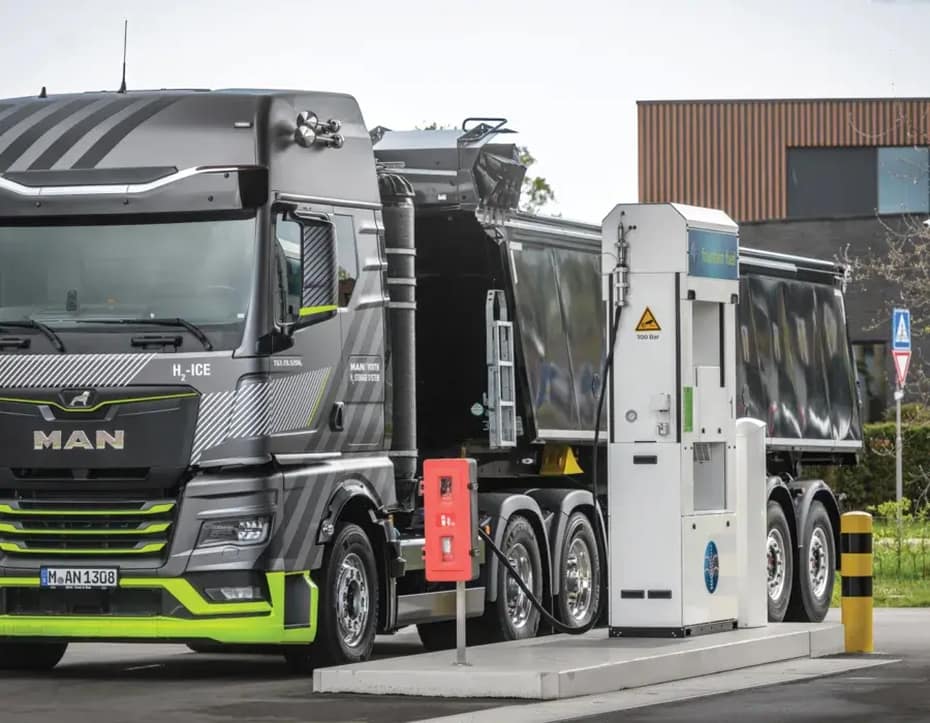
Related on this site: Green Hydrogen & SAF Economics · Hydrogen Storage Technologies · AI Sensor Technology
The IMO shipping decarbonisation delay has become a defining moment in global maritime policy. The race to decarbonise marine fuels is intensifying, but the path forward has once again been clouded by politics. The International Maritime Organization (IMO) has decided to delay, by at least one year, formal adoption of its global carbon pricing mechanism and binding emissions caps for shipping. This setback follows intense lobbying led by the United States, Singapore, Saudi Arabia, and Liberia, which argued that the proposed rules would harm developing economies and disrupt trade competitiveness.[1][2][3]
Politics of the IMO Shipping Decarbonisation Delay
The IMO’s Marine Environment Protection Committee (MEPC) was due to adopt the Net-Zero Framework—a global fuel carbon intensity standard and shipping emissions levy intended to drive decarbonisation by 2050. However, a motion submitted by Singapore and supported by Saudi Arabia and the U.S., under pressure from President Donald Trump’s administration, secured a one-year postponement. The measure passed narrowly, leaving more climate-progressive nations—such as the UK, EU members, and Pacific Island states—deeply frustrated at what they view as a capitulation to fossil fuel interests.[4][2][3][1]
Industry advocates had hoped the IMO would introduce penalties for high-emission vessels or a universal greenhouse gas levy to close the price gap with clean fuels. The decision to delay these penalties risks stalling billions in planned green maritime investments.[5][4]
Leading Contenders for Clean Maritime Fuels
The IMO’s indecision has not halted innovation. Several fuel pathways are rapidly developing, each backed by specific nations, industries, or alliances. The IMO shipping decarbonisation delay adds uncertainty but also accelerates regional innovation.
| Fuel Type | Key Supporters | Advantages | Challenges |
|---|---|---|---|
| Hydrogen (Green/Blue) | EU, UK, Japan, South Korea | Zero carbon at point of use; aligns with broader hydrogen economy strategies; mature supply chains emerging for short-range ships | Requires cryogenic storage; limited volumetric energy density; infrastructure costs high [6][7] |
| Ammonia (NH₃) | Japan, Norway, Saudi Arabia | No CO₂ emissions; scalable using existing global ammonia trade; strong industry interest | Toxicity concerns; unverified large-scale bunkering safety; requires new engine technology [8][9][10] |
| Methanol (Green and e-Methanol) | Denmark, China, Singapore, Maersk-led consortium | Lower retrofit costs for engines; growing bunkering network; immediate GHG reductions using e-fuels | Dependent on renewable hydrogen and CO₂ availability; currently limited production capacity [8][9][10] |
| Biomethane | EU, Northern Europe | Drop-in fuel compatible with LNG infrastructure; near-zero or negative lifecycle emissions | Feedstock availability limited; methane leakage risk [11] |
| Biofuels (FAME/HVO) | Netherlands, U.S., Indonesia | Readily available; compatible with existing engines; fast adoption potential | Land-use conflicts; inconsistent carbon accounting; limited scalability for deep-sea fleets [12] |
| Wind-assisted propulsion (hybrid) | EU, Japan | Reduces fuel consumption up to 20–30%; complementary with liquid fuels | Intermittent; unsuitable for all routes or vessel types [12] |
Regional and Corporate Alignments in the IMO Shipping Decarbonisation Delay
The EU and UK are pushing hardest for fuel standards under their domestic carbon policies. Both have introduced emission trading systems (ETS) covering maritime emissions and plan to implement FuelEU Maritime-style mandates to accelerate e-fuel uptake. Japan and South Korea continue to back ammonia and hydrogen integration in line with their national hydrogen roadmaps. Saudi Arabia and Singapore, conversely, are prioritising transitional fuels such as LNG and ammonia derived from natural gas, protecting petrochemical export interests. The United States, under President Trump, has shifted away from global carbon levies, preferring voluntary market mechanisms and domestic decarbonisation incentives.[8][2][3][4][1]
Outlook: An Industry in Stalemate
The IMO’s postponement reveals a deep divide between energy-exporting nations and climate-aligned maritime economies. While methanol and ammonia have moved from pilot to practical implementation, widespread scaling depends on policy certainty and infrastructure investment before 2030. Without near-term carbon penalties, global shipping risks falling behind its Paris-aligned decarbonisation trajectory, compelling the EU, UK, and progressive carriers such as Maersk and MOL to set the pace through regional regulations and voluntary agreements.[9][13][4][8]
In essence, the IMO shipping decarbonisation delay highlights that the decarbonisation of marine fuels is no longer purely technological—it is profoundly political. The next twelve months will determine whether the IMO emerges as the global driver of clean shipping or cedes leadership to national and regional regimes.
References
- Informare
- Al Jazeera
- Reuters
- Sasha Coalition
- Global Maritime Forum
- European Commission
- Energy Boat Challenge
- Argus Media
- Global Maritime Forum — Methanol & Ammonia
- CSIS
- The Maritime Executive
- SAFETY4SEA — Awards
- SAFETY4SEA — Report
- Splash247
- Facebook Post
- IMO Press Briefing
- IMO FAQs
- GH2
- SAFETY4SEA — IMO Postpones
- IUK Clean Maritime Demonstration

